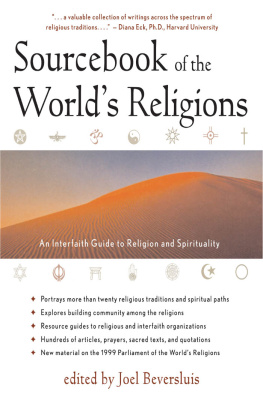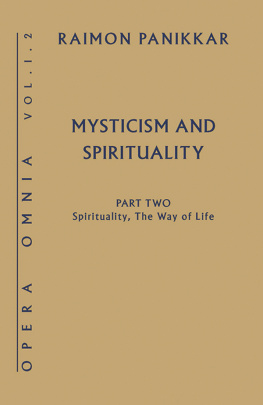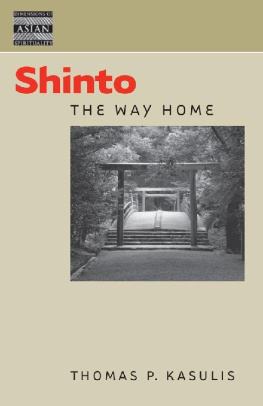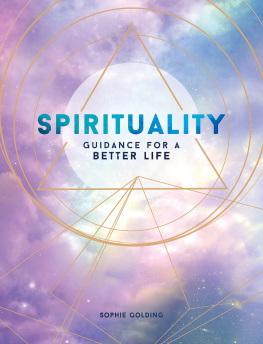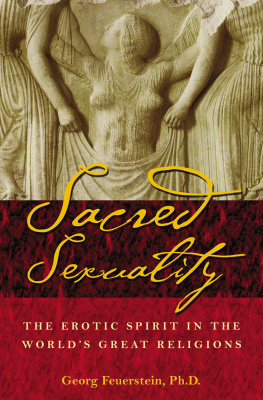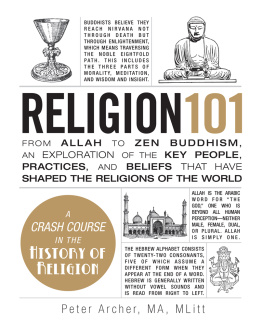SPIRITUALITY
WITHOUT GOD
ALSO AVAILABLE FROM BLOOMSBURY
Writing the Self, Peter Heehs
Becoming Atheist, Callum G. Brown
Capitalizing Religion, Craig Martin

CONTENTS
I live in a town in southern India. My building stands midway between a Hindu temple and an ashram. Ive never been inside the temple but I walk by its entrance a couple of times a day and am familiar with its routine. A little before six in the morning, a thundering of drums and a blare of conch-trumpets announce the start of daily worship. The presiding deity is Ganesha, the elephant-headed god who is the Remover of Obstacles. A real elephant, Lakshmi, has visiting hours in the evening and she never fails to attract a crowd. But the crush to take selfies in front of this much-loved pachyderm is nothing compared to the chaos on Wednesday and Friday evenings. Thats when people bring motorbikes and cars to be blessed.
The ceremony, called vandi puja or vehicle worship, is one of the temples specialties. It consists of a series of ritual acts that have to be performed in just the right way: The owner drives the vehicle, which is draped with garlands, to a spot on the road outside the temple. A priest waves a plate with a piece of lighted camphor, a lemon, and a few other items while chanting the necessary mantras. Then he puts the lemon on the ground. The driver inches the vehicle forward, squashing the lemon, and then puts an offering on the plate. The purpose of the ritual is to ward off accidents. I can understand the drivers anxieties. Indian roads are among the most dangerous in the world. Part of the problem is widespread laxity in regard to traffic rules. The idea that certain vehicular actions have to be performed or avoided to avert accidents hasnt really caught on.
In the opposite direction is the gate of the ashram. Ive been inside it thousands of times because I am a member. Here too I know the routine. In the morning women place floral decorations on the samadhi or tomb of the founders. People sit quietly on the perimeter of the courtyard or chat with friends near the entrance. During the day some sit in meditation, others approach the tomb with flowers or incense, still others walk through the courtyard on their way to the administrative offices. A few pause in a room where there is a photograph of one of the founders. It has been there for more than eighty years. Its original purpose was to give visitors an idea of what he looked like because he did not meet visitors or even his own disciples. Later some people began to prostrate before the photograph. He tried to discourage this, writing in a letter that he didnt want the room to become a place of public worship. During the time I have been here, acts of public worship have become more and more common.
When I go to the ashram, I sit near the samadhi and meditate or just look around. When I was younger I sometimes put flowers on the tomb but the ritual didnt feel right. I received no religious training when I was a child and have never regretted it. Here mothers teach their children how to bow and make offerings when they can scarcely walk. When I see this, the word indoctrination comes to mind but the kids seem to enjoy being told what to do.
I became interested in the teachings of the founders during the 1960s, when Eastern religions were enjoying a moment of vogue in the United States. Lots of swamis were setting up shop in New York, and yoga and meditation became part of the countercultural mix. I too began to meditate, starting with a mantra technique that was popular at the time. I also learned some hatha-yoga postures, which I practiced desultorily without getting really proficient. (I still envy people who can do the purna shalabhasana or full locust.) Then some friends introduced me to an American teacher who ran a yoga center on the Upper West Side. I ended up staying a couple of years, looking after the business, doing a good deal of meditation, and reading a lot of books, especially those by the founders of my ashram. One of the things I liked about their teachings was their insistence that yoga was not a religion. The phrase spiritual but not religious became current around that time and I was one of those who trotted it out when asked whether yoga wasnt some sort of cult.
After three years of study and practice in and around New York I decided to go to India. A few days after landing in Bombay, I arrived in the town where the ashram is located. A week or so later I began working under a man who had been there since the 1930s. He was looking for someone to help him publish a complete edition of the works of one of the founders and asked if I wanted to help. I was thrilled to accept. After a year of apprentice work I began preparing his uncollected writings for publication. I also went to different parts of India looking for material. The founder had been a revolutionary politician before becoming a yogi, and records of his speeches, transcribed by British spies, were lying in government archives. Dusty books in libraries contained uncollected prose pieces and letters. But by far the most copious source of new material was his handwritten manuscripts. Piled up in his secretarys room since his death twenty years earlier, they had never been systematically catalogued. Hundreds of pages remained unpublished. It was up to me and my colleagues to transcribe them and send them to the press. Other people were learning how to microfilm and preserve his manuscripts. In time our little office became an archive.
When I asked the director about the founders of the ashram he would lapse into silence or just say quietly that he thought their work was very important. This low-key approach was typical of those of his generation. When I spoke with people who came a decade or two later, they were likely to elevate the founders to the heavensand themselves along with the founders. This hyperbole had two sources: the ancient tradition of devotional poetry and modern mythologizing. I learned about the myths from a guy I used to work out with in the gym. His parents came to the ashram when he was just a child and he grew up listening to stories about its incredible past and still more incredible future. There was a widespread belief that the spiritual work of the founders was going to transform the world and that the people of the ashram would be the first to feel the effects.
The founders had more modest aspirations in regard to the members of the ashram. They hoped that individuals would overcome their problems and make some inner progress and that the community as a whole would function harmoniously and serve as a model for others. Many people in the ashram did make some progress, and the community grew and prospered. Then the founders died. The community survived and many of its members held on to their millennial expectations. My exercise buddy did not. After a while he left the ashram and made a life for himself elsewhere. I felt no urge to leave. I had always taken seriously the founders affirmation that yoga was a matter of individual effort. However much one depends on the guidance of teachers and the support of friends, one has to do it oneself. With this in mind I settled down to a routine of meditation, work, study, writing, and sports.
The disciples who took charge of the running of the ashram were firm in their faith but open-minded. As time went by, and the first generation passed away, the atmosphere became more stilted and the devotionalism more ostentatious. For a while I was too busy to notice. I had begun to publish articles and books on the Indian freedom struggle and the founders contribution to it. These were more appreciated by readers outside the ashram than within. The fact that I adhered to normal historiographical methodology was taken by some as a slap in the face. Things came to a head in 2008 when I published a biography of the founder with an American university press. A couple of hardliners picked through the book and found grounds for filing four cases against me and one against the ashram trustees, who were deemed unfit to serve because they refused to expel the author of a blasphemous book that was deliberately and maliciously intended to insult religious beliefs of millions of Indians. This case was dismissed by the Supreme Court of India after five-and-a-half years of costly hearings.



